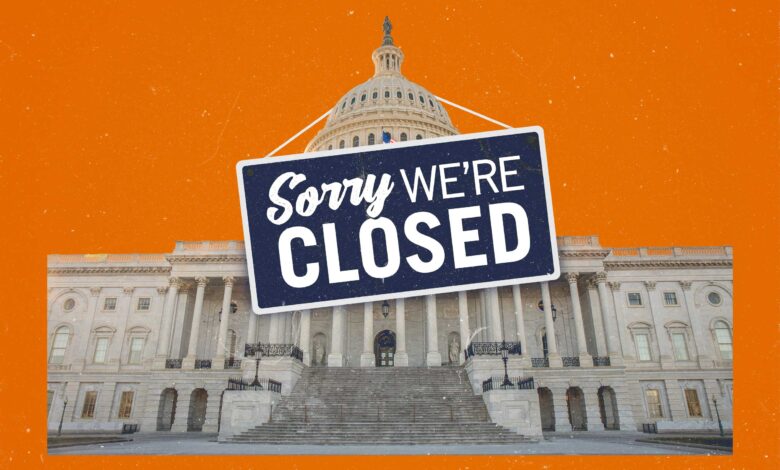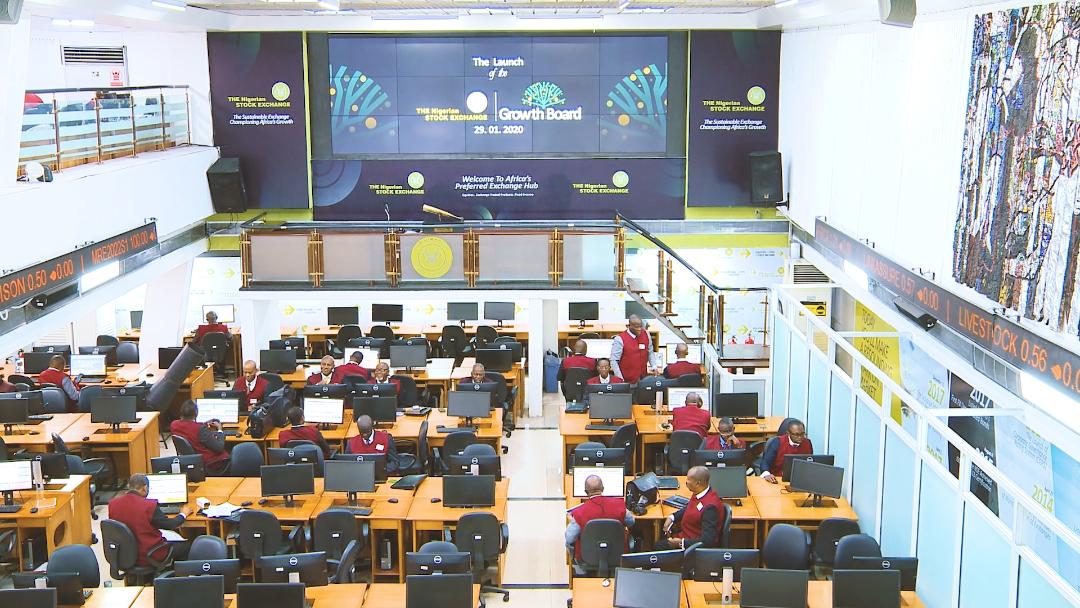US Inflation Lands As Shutdown Risks Starving Fed Of Jobs Data For Rate Cuts

The long-awaited US inflation report landed on Friday, showing a continued cooling of price pressures. However, Nigel Green, CEO of global financial advisory giant deVere Group, insists that it is the jobs data that will really move the needle for the Federal Reserve.
Even then, with the government shutdown ongoing, there are growing questions over whether the central bank will even have access to that critical information before its next policy meeting, he says.
The Consumer Price Index (CPI) showed that headline inflation rose 3.0% year-on-year in September, slightly lower than expected, while core inflation held at 3.1%.
The figures confirm that inflation is easing but still above the Fed’s 2% target, and they underscore how the focus has now shifted away from prices and toward employment.
According to Green, “the inflation data was anticipated, and it’s no longer the deciding factor.
“The Fed’s attention has turned squarely to the labour market. Jobs data will move the needle on rate cuts – but if the shutdown continues, the Fed may not even have that data in time,” he added.
The Bureau of Labor Statistics (BLS) has confirmed that it cannot publish the monthly employment report during a government shutdown, as survey collection and data processing are suspended. The next jobs report, due the first Friday of October, will therefore be delayed if the political impasse continues.
“The labour market is the Fed’s most important compass right now,” says Nigel Green. “Without it, policymakers will have to make one of the year’s biggest decisions without their clearest guide to economic health.”
The most recent employment report, published before the shutdown began, showed that the US economy added only 22,000 jobs in August and that unemployment rose to 4.3%, its highest level since 2021. This loss of momentum has made jobs data the decisive factor for the Fed’s next steps.
“The Fed can tolerate inflation around 3%,” says Nigel Green. “What it cannot risk is a rise in unemployment that damages confidence and spending. The labor data will determine the pace and depth of future rate cuts.”
The next Federal Open Market Committee (FOMC) meeting is scheduled for November 5–6, giving policymakers little time to assess whether hiring has weakened further. If the shutdown prevents the release of official jobs data, that decision will be made with only partial visibility.
“This creates a dangerous blind spot,” says Nigel Green. “Inflation tells the Fed where it’s been. Jobs tell it where it’s going. Without those numbers, the central bank will have to rely on judgment, not evidence.”
Markets are already positioning for further easing. According to the CME FedWatch Tool, traders expect another rate cut before year-end, with the federal funds rate projected to fall to around 3.75%–4.0%, from the current 4.25%–4.5% range.
“The pace of rate cuts will slow, not stop,” notes the CEO.
“The Fed is adjusting its stance, but the absence of reliable data raises the risk of miscalculation. It’s one thing to ease policy; it’s another to do it blind.”
With official reports delayed, investors are turning to private-sector measures such as the ADP employment estimate and online job postings to fill the information gap. But these indicators provide only partial insights, increasing market sensitivity to every release.
“This data blackout is unsettling for markets,” says Nigel Green. “Every unofficial number, survey, or rumor becomes magnified. This makes for sharper swings in bonds, equities, and currencies in the weeks ahead.”
He adds that while the inflation print remains politically significant, it no longer carries the same policy weight. “Inflation is becoming predictable. Employment is not. The Fed’s real concern is momentum, and that depends entirely on jobs.”
Green concludes: “Today’s CPI report doesn’t change the story. Jobs data will move the needle but if the shutdown blocks it, the Fed will be forced to make its November decision without the single most important indicator it has.
“This uncertainty will influence markets long before the next cut is announced.





